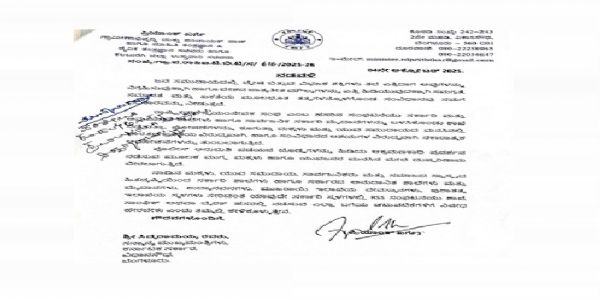
*By Dr Devan
The Durand Line (often spelled Duran Line) is a 2,670 km (1,660 mile) international border that separates Afghanistan and Pakistan. It was drawn in 1893 by Sir Mortimer Durand, a British diplomat, and Amir Abdur Rahman Khan, the ruler of Afghanistan at the time.
Historical Background
In the late 19th century, British India sought to define its northwestern frontier to create a buffer zone against Russian expansion during the “Great Game” — the geopolitical rivalry between the British and Russian Empires.
The Durand Agreement (1893) established the boundary line to demarcate British India’s sphere of influence from that of Afghanistan.
Geographical Overview
It stretches from the Wakhan Corridor in the north to Balochistan in the south.
The line cuts through Pashtun tribal areas, dividing ethnic Pashtuns and Baloch people between Afghanistan and Pakistan.
Political and Legal Status
Pakistan recognizes the Durand Line as the official international border.
Afghanistan, however, does not recognize it as a legitimate international boundary.
Successive Afghan governments have viewed it as an imposed colonial border, arguing that it unfairly divides Pashtun tribes.
Contemporary Issues
The border remains a source of tension between Afghanistan and Pakistan.
There are frequent border skirmishes, disputes over crossings, and clashes involving the Taliban and Pakistani forces.
The Pashtun identity issue continues to fuel resentment in both countries.
Pakistan has in recent years fenced much of the border to control movement and curb terrorism and smuggling.
Key Points to Remember
Drawn: 1893
By: Sir Mortimer Durand (British India)
Between: Afghanistan & British India (now Pakistan)
Length: ~2,670 km
Status: Recognized by Pakistan, disputed by Afghanistan
Ethnic impact: Divides Pashtun and Baloch tribes.
*Dr Devan is a Mangaluru-based ENT specialist and author.
Hindusthan Samachar / Manohar Yadavatti





